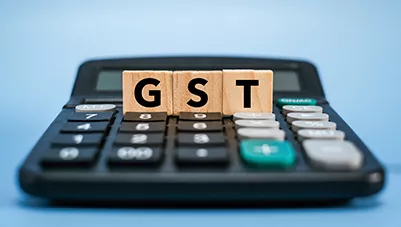GST State Codes

GST state codes are unique two-digit alphanumeric codes assigned by the government to each state and union territory in India. GST state code is represented by numbers serially assigned to every state and Union Territory. As an example, GST state code 07 represents Delhi. Whereas, GST state code 29 represents Karnataka. For a simpler understanding, […]
Rajasthan Gargi Puraskar Yojana

The girl students who will get the benefit of the scheme in class 10th will be required to enrol in the school in classes 11th and 12th. And the government will give the amount to the beneficiary girl child through a check, so it is mandatory for the girl child to have a bank account. […]